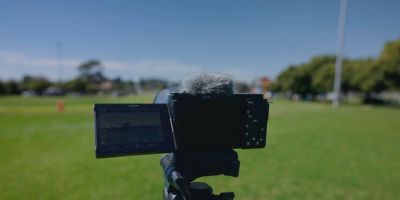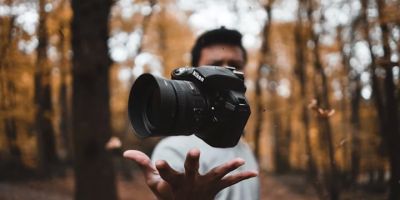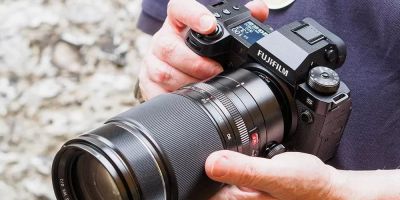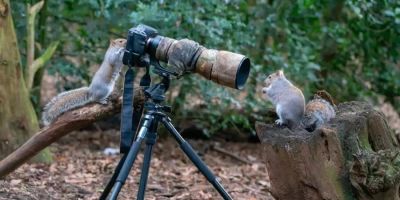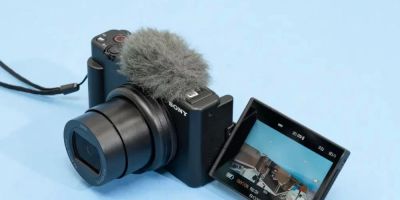- 1-Why the Right Gear Matters in Product Photography
- 2-Best Cameras for Product Photography
- 3-Essential Lenses to Capture Perfect Product Shots
- 4-Importance of Lighting and Best Lighting Gear
- 5-Accessories That Enhance Product Photography Quality
- 6-Real-World Examples Showcasing the Impact of Quality Gear
1. Why the Right Gear Matters in Product Photography
Product photography requires precision, attention to detail, and the ability to showcase products in their best light. The right photography gear plays a critical role in achieving these goals by influencing image quality, color accuracy, and texture detail. Whether you're photographing small items like jewelry or larger products like furniture, using specialized equipment designed for product photography ensures sharp, professional-looking images.
Having the best photography gear for product photography not only enhances your visuals but also saves time during post-processing and boosts client satisfaction. Brands and online retailers depend heavily on high-quality images to drive sales, making investment in the right tools essential.
2. Best Cameras for Product Photography
Choosing the right camera is foundational. DSLRs and mirrorless cameras are preferred for their versatility, image quality, and manual controls. Popular models include the Canon EOS R5, Nikon Z7 II, and Sony A7R IV—all offering high resolution and excellent color reproduction.
High megapixel counts allow for cropping and detailed zoom without losing quality, which is crucial when showcasing fine product details. Additionally, cameras with good dynamic range help capture shadows and highlights accurately, avoiding blown-out whites or underexposed areas.
For beginners, models like the Canon EOS Rebel series or Sony Alpha A6000 provide a good balance between quality and affordability.
3. Essential Lenses to Capture Perfect Product Shots
Lens choice significantly affects the final product image. Macro lenses are ideal for capturing intricate details of small products, such as watches or cosmetics. A 100mm macro lens allows close focusing and sharpness, revealing textures and craftsmanship.
For general product photography, standard prime lenses (50mm or 85mm) provide sharpness and natural perspective. Tilt-shift lenses offer perspective control, useful for architectural products or items needing precise alignment.
Investing in quality lenses reduces distortion and chromatic aberration, ensuring professional results that impress customers.
4. Importance of Lighting and Best Lighting Gear
Lighting is arguably the most crucial element in product photography. Proper lighting highlights the product’s features, controls shadows, and enhances textures. Soft, diffused lighting reduces harsh reflections, especially on shiny or metallic surfaces.
Key lighting gear includes softboxes, ring lights, and LED panels with adjustable color temperature. Light tents or shooting boxes create an even lighting environment, essential for small to medium-sized products.
Natural light can be excellent but is often inconsistent; thus, controllable artificial lighting is preferred for professional consistency.
5. Accessories That Enhance Product Photography Quality
Tripods ensure camera stability, crucial for sharp images during longer exposures or macro shots. Remote shutter releases minimize camera shake, while reflectors help bounce light and fill shadows.
Backdrops and props contribute to styling, but choosing neutral, non-distracting backgrounds keeps focus on the product. Color calibration tools help maintain true-to-life colors across devices.
Post-processing software is also vital; Adobe Photoshop and Lightroom offer extensive editing options to perfect images without overdoing enhancements.
6. Real-World Examples Showcasing the Impact of Quality Gear
Photographer Sarah transformed her small business by upgrading from a smartphone camera to a mirrorless system with professional lighting. Her product images improved dramatically, attracting higher-profile clients and increasing sales by 40% within six months.
Another example involves an online retailer who integrated macro lenses and a light tent into their workflow, enabling them to highlight product textures and details clearly. This helped reduce returns due to inaccurate product expectations.
These stories underline how investing in the best photography gear for product photography can yield measurable business benefits.
For tailored advice and access to the best equipment, visit Photo Studio, your trusted partner in elevating product photography quality.

